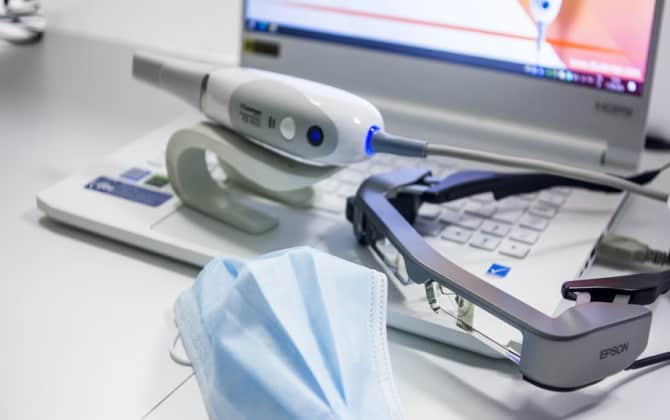Accounts receivable can be an enormous source of anxiety for dentists and office managers. It’s a time-consuming and frustrating process that affects both patients and staff members alike.
There are a few steps you can take to reduce your accounts receivable balance in your practice, which will allow you to avoid some of the pitfalls many new practice owners encounter when starting up their own practice.
1. Remind Patients of Your Payment Policy
Too often, patients come to our office without understanding what their debt entails or the best payment solutions available to them, making it harder for us to collect any funds owed us from them. When this occurs, collecting on past-due bills becomes extremely challenging.
As a dentist, it is your duty to inform clients of your payment policy and outline clear payment guidelines to encourage timely payments. Creating these clear policies will only serve to further encourage timely payments from patients.
Reminding clients about their payments can help build trust with them and ensure they continue coming to your practice. Reminding patients about their deductibles or previous balances before their check in appointment can help them understand what they owe and how best to pay it.
2. Encourage Patients to Pay in Full at Check-Out
Dental patients frequently leave treatment owing balances on their accounts receivables; however, too many balances can harm your practice’s cash flow and decrease profitability.
Making payments more complex makes claiming insurance reimbursements harder, so encourage clients to pay in full upon leaving your office rather than sending them home with bills.
If patients cannot pay the total bill in one lump sum, recommend that they utilize third-party financing options like CareCredit to get the financial help they require without harming your finances in any way. Doing this will ensure they receive what support they require without being burdened with additional financial obligations that could erode patient loyalty or create additional expenses for you and the practice.
3. Schedule Appointments for Patients with Large Balances
Dental practices frequently experience cash flow issues due to clients not paying their bills or experiencing an unusually slow month. When these issues arise, practices should carefully analyze what’s causing it and implement strategies to increase cash flow and boost revenues.
One of the first metrics you should focus on when reviewing your practice’s finances is its accounts receivable (AR) balance. If you have an account receivable management professional, they can calculate all of this for you. This number has an enormous influence over everything from collection percentage to overall profitability.
If a patient has an outstanding balance, you should arrange an appointment to discuss this matter and help them feel more at ease with paying you for services provided. Giving them an opportunity to pay you in full at this meeting could help if their finances are straining them.
4. Send a Letter to Patients with Large Balances
If a patient is having difficulty paying their bill in full, sending a letter can help to decrease their balance and provide clarity as to what they owe to you and how to settle their account.
To ensure that your medical collection letters like this are effective, it is essential to include all relevant details about a patient’s account in them – this includes details such as service date, provider name and address, treatment plan description, insurance coverage details and an estimate for patient payments due.
Sending clients a letter that informs them of their large balance and provides options to pay it is a great option for companies struggling to collect. Include information like how much they owe their address, and a link enabling them to pay online.
One strategy to increase patient payment rates is sending them a statement shortly after filing dental claims. This saves time, and allows you to devote more of your efforts toward productive tasks rather than dealing with patient balances.
5. Send a Letter to Patients with Small Balances
On the other hand, if a patient has a small balance, send a letter that shows your care while also conveying that payment is expected (www.ada.org/ada-addresses-no-surprises-act-questions) this will instill trust that you genuinely care about them and their financial health.
Letters should include the amount owed. This helps make sure they understand what’s due them and that you’re working hard to collect payment. Use of text message systems like Kareo to inform clients of past due balances can increase patient payments and enhance case acceptance.


